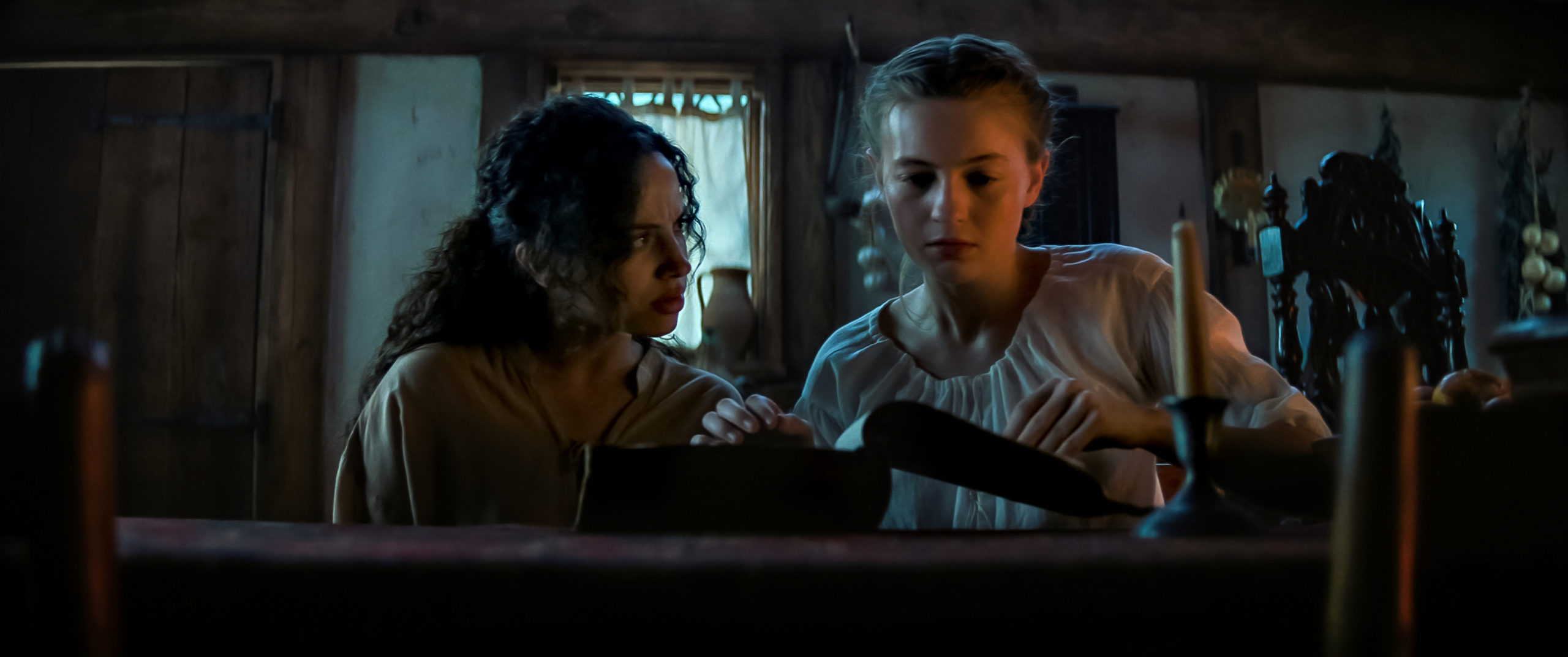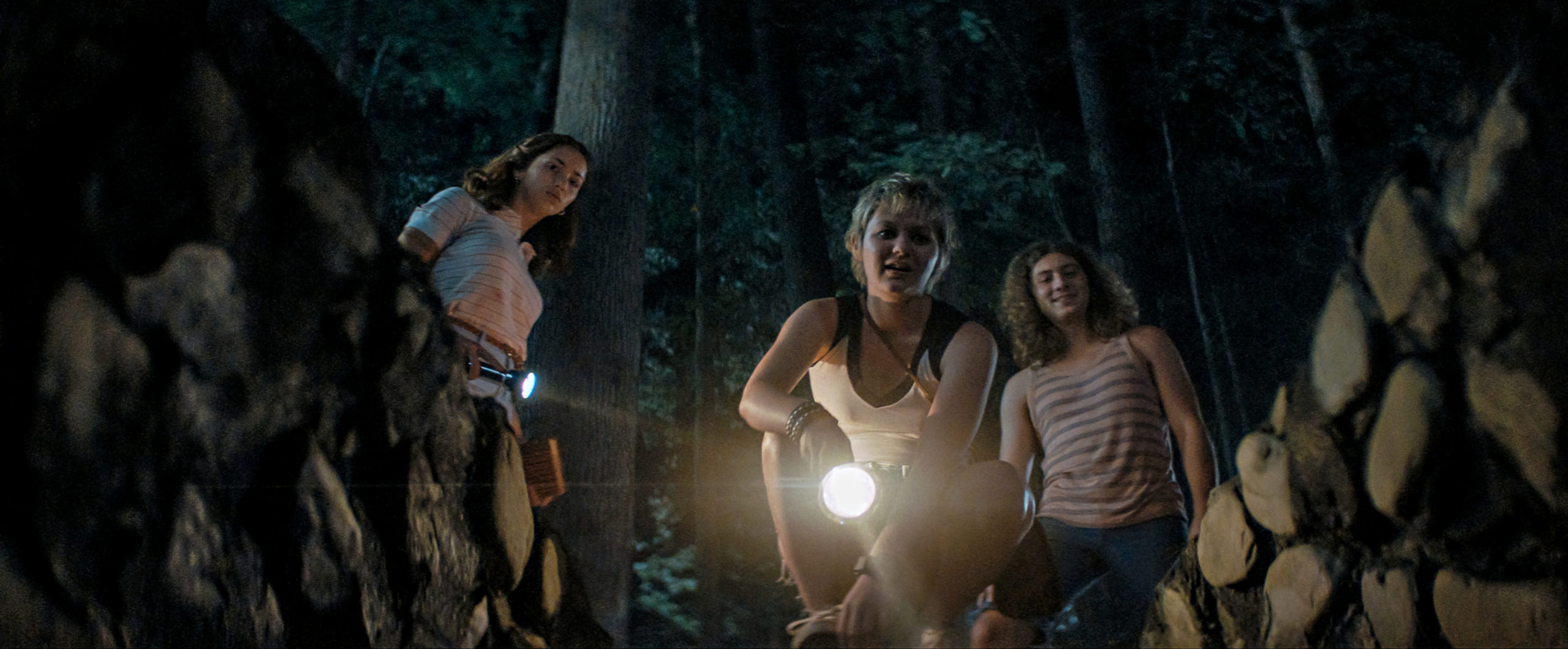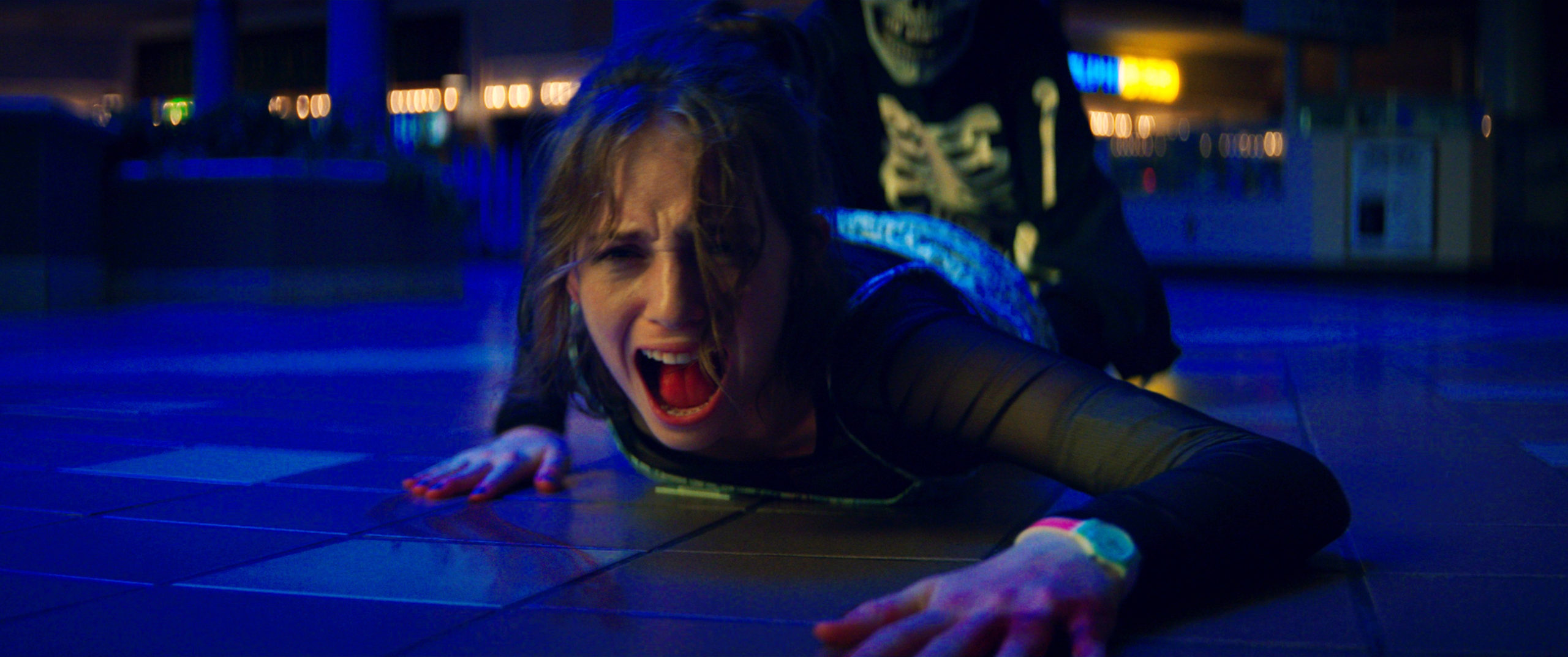
by MJ Martinez | Nov 29, 2023 | Blog
A last-minute invite from Geeks OUT’s Vice President, Kevin Gilligan, led me to a special screening of Netflix’s Nimona. As a former board member myself, to leaving Geeks OUT entirely, and then transitioning to a social media coordinator a few years later, the night...

by Rebelle Summers | Apr 21, 2023 | Blog
Being alive is a trip. There is no beauty, horror, and ass-kicking quite like navigating a lifetime. I don’t have much else to compare that to because, as far as I know, I haven’t not been alive, but one thing that seems apparent to me is that we all get put through...

by Daniel Stalter | Jul 16, 2021 | Blog
Spoiler-Free Review: The trilogy of films concludes with Fear Street: 1666. I’m not typically a fan of historical horror, but I loved R.L. Stine’s Fear Street Saga. Like its predecessors, 1666 makes a tonal shift for the third part of the story that fits the time...

by Daniel Stalter | Jul 9, 2021 | Blog
Spoiler-Free Review: Fear Street 1978 doesn’t waste any time getting right to the good stuff. Last week’s 1994 had already done a lot of the heavy lifting introducing us to Shadyside and the witch’s curse, so 1978 was poised to hit the ground running. Where the first...

by Daniel Stalter | Jul 1, 2021 | Blog
Spoiler-Free Review It’s been over 30 years, but we finally got a Fear Street movie! And not just one, but three of them! So let me take a moment to first acknowledge my excitement as a Fear Street superfan. This is a big moment. So you can only imagine how excited I...






